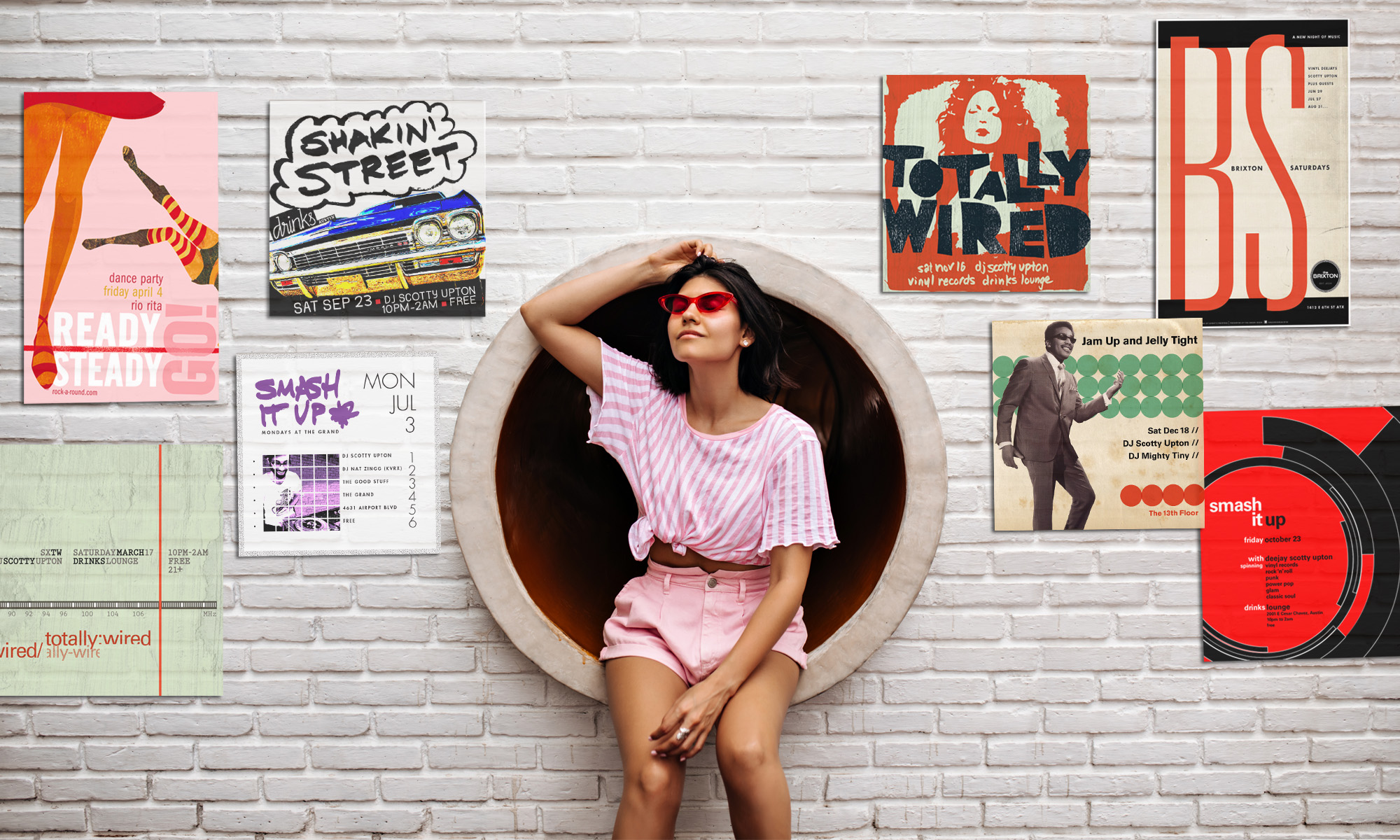Type selection can be a daunting process for designers. As a result, many have at the ready a few Teflon choices. What follows is a list of seven such typefaces (sorry, paring down to five was too difficult) that most designers will agree may never go out of fashion.
![]()
The subject of a feature film documentary, Helvetica makes the list despite its ubiquity. Originally created in 1957 by Swiss designer Max Meidinger, over the years a staggering array of variations (condensed, compressed, extended, expanded, etc.) have been added to the family. Excellent for conveying information clearly and quickly.
![]()
A slab, or square serif typeface, originally created 1845 by English designer Robert Besley, Clarendon was one of the first faces to be officially registered. Used extensively by the German Empire during World War I and more recently adopted by the U.S. National Park Service for its signage. Acclaimed for its uniform, heavy lines and legibility, Clarendon has proved its worth to designers everywhere.
![]()
Relatively new on the scene (1988) and designed by Adrian Frutiger, the name Avenir means “future” in French. With nods to Futura and Erbar, the typeface is decidedly humanist—casual yet elegant. Excellent in business applications for both display and text.
![]()
Inspired by his early apprenticeship to London Underground typeface designer Edward Johnston, author and designer Eric Gill created his first typeface around 1926. It was adopted heavily by the London and North Eastern Railway system, appearing on signage and in advertising throughout Britain. In 1997, the BBC adopted Gill Sans as its corporate typeface. Gill Sans is equally at home in print or on computer screens.
![]()
Versatile when set for body text, billboards or newspaper headlines, American designer Morris Fuller Benton’s Franklin Gothic became hugely popular in North America and Great Britain thanks to its strikingly solid appearance. Franklin Gothic is the official typeface of the Museum of Modern Art in New York.
![]()
Known primarily for Apple Computer’s widespread usage of it, Myriad was designed in the early 1990s by Robert Slimbach and Carol Twombly for Adobe. Clean and legible, yet playful with an easy-going sophistication, Myriad adapts to a variety of environments and concerns.
![]()
Extremely simplistic with a geometric form, Futura was designed by Paul Renner and commercially released in 1927. The distinctive extra bold face was added in 1955. No doubt Renner took cues for Futura’s design from the German Bauhaus school of art and architecture who employed similar type styles. Today, logos by Adidas and Absolut Vodka take inspiration from Futura, and a commemorative plaque left on the Moon in July 1969 features text set in Futura.
Did I leave out your favorite? Leave a comment and let me know why.

